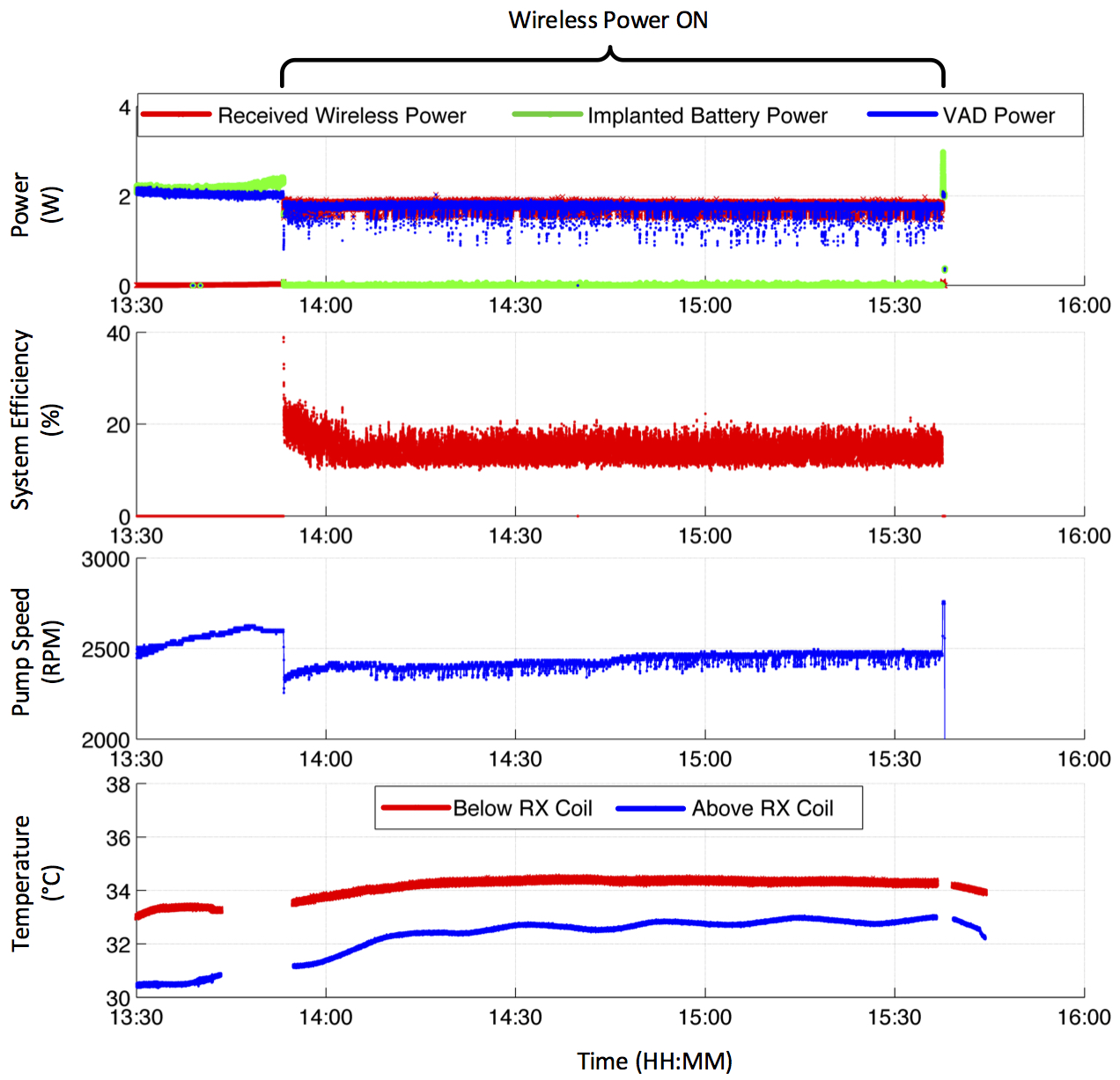J. Harder1, M. De Vries1, H. Van Goor1 1RadboudUMC,Nijmegen, GELDERLAND, Netherlands
Introduction:
Post-surgical pain (PSP) is a difficult to treat condition that requires alternative means to improve patient comfort, physical functioning and quality of life. Virtual reality (VR) has shown to be an distraction tool that can reduce pain perception and expectation and anxiety to suffer from pain. Most studies investigating VR distraction included mostly young patients and did not explore patient or VR characteristics. Our goal was to investigate the effects of two applications (passive or interactive) of VR distraction and their association with personal characteristics such as age, gender, visualisation, imagination, immersion in the virtual world and previous gaming or VR experience.
Methods:
Fifty healthy volunteers (25 M, 25 F, 19 – 66 years of age, mean age 40.9 years) underwent electrical and monofilament tactile perception tests while undergoing three study conditions (control (black screen, no audio), passive VR, interactive VR) in a randomized order using a placebo-controlled, three-way, crossover design. The in-house developed passive and interactive VR applications consisted of the same journey through a river-like landscape, but differed only by a cognitive task (shooting at various targets using head movements) in the interactive VR. Personal characteristics and immersion in the virtual world were gathered using a questionnaire with a 5-point Likert scale design.
Results:
A difference in overall mean of electrical detection threshold and monofilament threshold was observed between each study condition (F(2, 76) = 6.340, p = 0.003 | F(2, 76) = 20.174, p < 0.0005). Interactive VR showed a significant greater beneficial effect as a distraction tool compared to passive VR (p = 0.012). No gender effect was found. There was a positive correlation between age and interactive VR distraction (r = 0.333, p = 0.018). The amount of self-reported immersion in the virtual world showed a positive correlation with an increased effect of distraction by VR (r = 0.352, p = 0.012). Other personal characteristics and previous gaming or VR experience did not affect VR distraction (p > 0.1).
Conclusion:
Passive and interactive VR both distract from pain and tactile sensation, with interactive VR having the largest effect, independent of age and gender. Self reported presence in the VR world enlarged the distraction effect. Previous gaming/VR experience did not affect VR distraction. Future research focuses on personalizing VR applications for a maximum distraction effect to be used as an adjunct to painkillers for post-surgical pain treatment.








